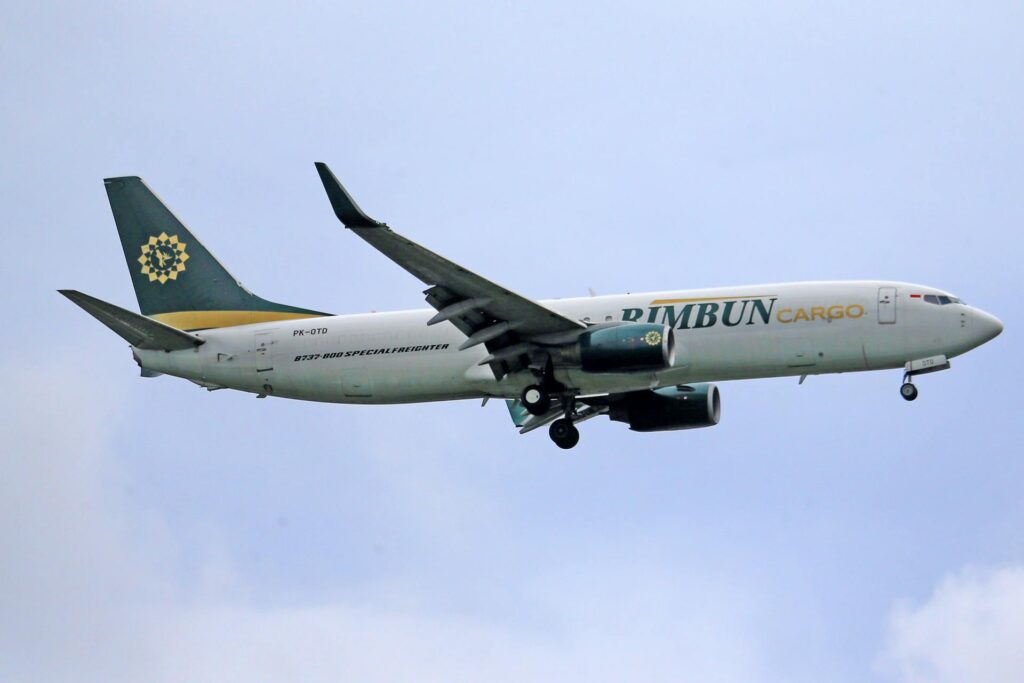
In today’s increasingly globalized world, cross-border trade in food ocean shipping and air freight has become the norm. When we transport delicious food from the East to European dining tables, ocean shipping and air freight have become the two main modes of transportation. However, as food is often considered sensitive goods, its transportation process requires special attention and strategy. This article will educate you on the sea and air transportation methods for food to Europe, helping you better understand and choose the appropriate transportation plan.
Firstly, let’s talk about ocean freight. Sea freight is an economical and highly load-bearing transportation method, especially suitable for large quantities, heavy or bulky food goods. By sea freight, food can safely reach various parts of Europe at relatively low costs. Furthermore, although sea transportation takes a longer time, it is not a major issue for foods that are not easily perishable and have a longer shelf life. However, maritime transportation also faces some challenges. Weather conditions, marine environment, and port congestion can all affect the transportation time and safety of goods. Therefore, when choosing sea transportation, we need to fully evaluate the nature of the goods, transportation time, and possible risks.
Next, let’s take a look at air freight. Air freight is known for its fast speed and high safety, especially suitable for urgently needed, high-value, or perishable food. By air freight, food can quickly reach various parts of Europe in a short period of time, ensuring the freshness and quality of the food. In addition, air freight also provides more flexible transportation methods that can be adjusted according to different transportation needs. However, the cost of air transportation is relatively high and its carrying capacity is limited, which may limit its application in large-scale food transportation. Therefore, when choosing air freight, we need to comprehensively consider factors such as the value of the goods, transportation time, and cost.
So, how should we choose the transportation method for sensitive goods like food? Firstly, we need to consider the nature of the goods. If the goods are perishable or have a shorter shelf life, air freight may be a better choice. By fast transportation, it is possible to ensure that food arrives at its destination in optimal condition. If the goods are non perishable, have a long shelf life, and have a large transportation volume, then sea freight may be a more cost-effective option.
Secondly, we need to consider transportation time. If the goods need to arrive at the destination quickly in a short period of time, air freight is the best choice. However, if the transportation time is relatively ample, sea freight may be more suitable.
Finally, we also need to consider cost factors. The cost of air transportation is usually higher, while sea transportation is relatively more cost-effective. Therefore, when choosing a transportation method, we need to comprehensively consider factors such as the value of the goods, transportation time, and budget.
In addition to choosing the appropriate transportation method, we also need to pay attention to the packaging and labeling of food. As sensitive goods, food needs special attention and protection during transportation. Appropriate packaging can ensure that food is not damaged or contaminated during transportation, while clear labeling helps to quickly identify and handle goods during transportation.
In short, both sea and air transportation have their advantages, and the choice of method depends on factors such as the nature of the goods, transportation time, and cost. For sensitive goods like food, we need to pay special attention to their safety and quality during transportation. By choosing the appropriate transportation method, paying attention to packaging and labeling factors, we can ensure that food can safely and quickly reach various parts of Europe in cross-border trade.





